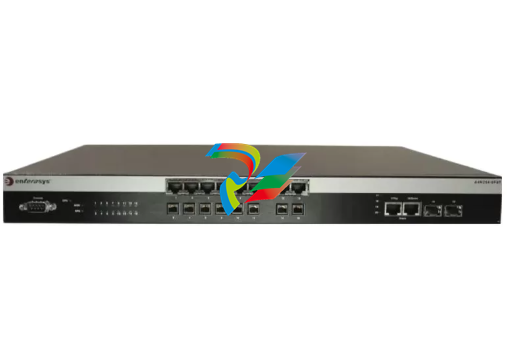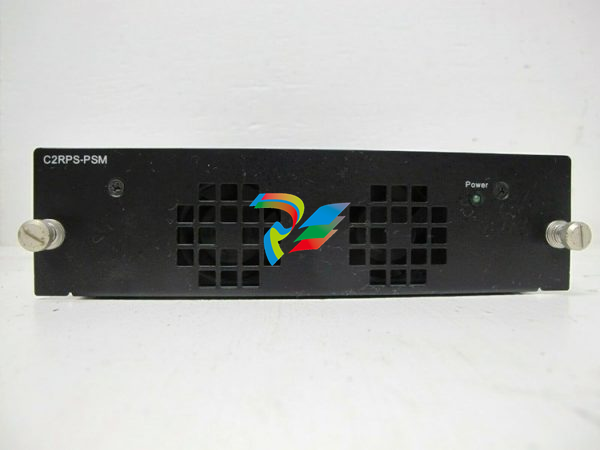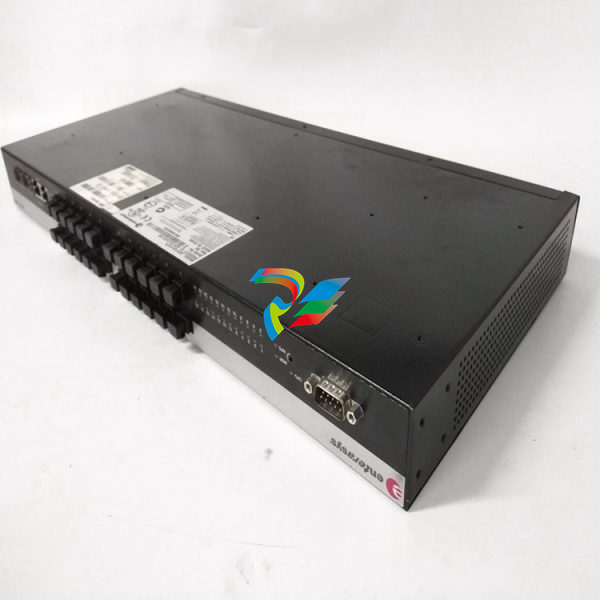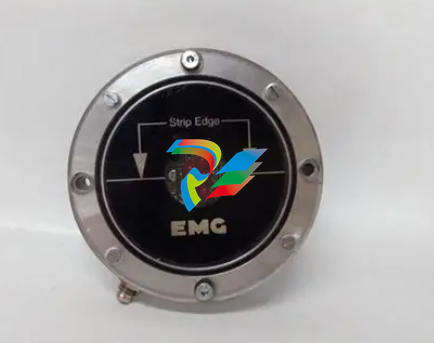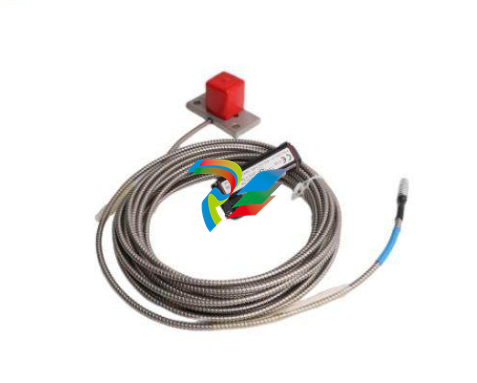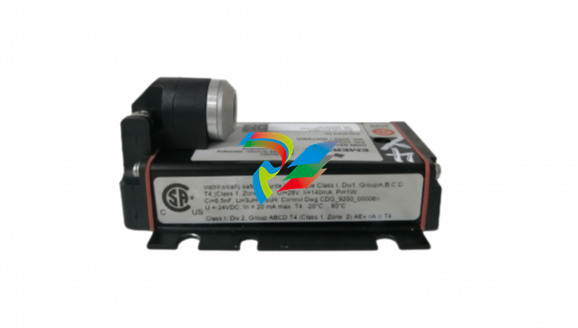
ABBAC 800M Controller Hardware Product Guide
against low voltage in order to prevent controller malfunction.
Should there be a risk that the +24 V at the PM8xx power terminals could drop
below 19.2 V for more than 1 ms, then an energy reservoir must be used for
Powering Units.
ABB strongly recommends using a DC/DC converter and extra energy reservoir in
case external DC-supply with longer cables than 10 m is used.
I/O System
There are several methods of connecting I/O systems to the AC 800M Controller:
• S100 I/O via CI856.
• S800 I/O units via the ModuleBus. Support for hot configuration during run,
redundancy on all levels, HART routing, and Sequence-of-Events (SOE).
• S800 I/O units via CI854/CI854A and CI840, PROFIBUS DP. Support for
HART routing, redundancy on all levels, and hot configuration during run.
• S800 I/O units via CI854/CI854A and CI801, PROFIBUS DP. Support for
HART routing, and hot configuration during run.
• S900 I/O units via CI854/CI854A, PROFIBUS DP.
• ABB Drives can be connected to the ModuleBus, via CI801. Some Drives
equipment can be connected directly to PROFIBUS or PROFINET IO. Please
refer to Drives-specific documentation for more information.
• Genius remote I/O (TRIO) via the CI862.
• Satt I/O on ControlNet (19” Satt rack I/O, S200 I/O and S200L I/O) via the
CI865.
• PROFINET IO via CI871
For further information about supported I/O-units, refer to I/O-specific
documentation, see Released User Manuals and Release Notes on page 16.
S800 I/O
See Figure 8 on page 40 for examples of AC 800M / S800 I/O interconnection.
The top right area of Figure 8 on page 40 shows one cluster (or group) of units,
connected to the built-in electrical ModuleBus of an AC 800M Controller. The
maximum number of units per cluster is 12. However, a further seven clusters, each
comprising of up to 12 units, can be added to the optical ModuleBus. This results in
a total count of 96 units for the local ModuleBus.
S100 I/O
S100 I/O are connected to the AC 800M, via the communication unit CI856. A bus
extension cable TK575/TK580, together with DSBC174/DSBC176 or DSBC173A,
connects the S100 I/O units to the base plate, TP856, of CI856. Up to five S100 I/O
racks can be connected to the CI856.
Redundant S100 I/O bus extension can not be connected to CI856.
S900 I/O
S900 I/O are connected to the AC 800M, via PROFIBUS DP and CI854/CI854A.
The S900 I/O system is a remote I/O system for use in hazardous areas. Due to its
explosion protection certificates, the S900 process I/O system can be installed in
both hazardous areas (zone 1 and zone 2) and safe areas.
Other I/O Systems
A PROFIBUS DP segment (or node), shown on the top left-hand side of Figure 8 on
page 40, allows for a large increase in the numbers of units connected to each
AC 800M Controller. The segment is shown here with a Fieldbus Communications
Interface (FCI) unit (type CI840), connected to the PROFIBUS DP network. The
use of FCI units, or other types of adapters, allows the selection of units from
several I/O families.
In redundant CPU configuration, connection of S800 I/O is done only with the
optical ModuleBus. See Figure 9 on page 41. Each cluster of I/O units is
connected to two TB840s. Each processor unit is connected to one of the
TB840s. Note that the built-in electrical ModuleBus can not be used in redundant
CPU configuration.
Note that a PM851/PM851A is restricted to one optical ModuleBus cluster.
Genius remote I/O (TRIO)
TRIO is a remote I/O product that provides discrete, analog and high-speed counter
blocks for connection to the AC 800M. Configuration of the I/O block units and the
CI862 is done using Control Builder M.
The CI862 Communication Expansion Module (CEM), connects a TRIO Field Bus
to the controller AC 800M. The connection between CI862 and AC 800M is done
via the CEX-Bus.
A single CI862 can connect 30 blocks to a single LAN. The AC 800M can have up
to four single lans or four redundant lans. The maximum I/O with TRIO in an
AC 800M is 1000 IO points.The CI862 can be set redundant.
TRIO blocks, are self-contained, configurable I/O blocks used to interface field
devices to the CI862 communications bus. These blocks can be individually
installed on machines, in junction boxes, or grouped in racks or panels. A TRIO
block is made of cast aluminum, and weighs approximately 1.8 kg (4 pounds). It
measures approximately 22.5 x 10 x 7.5 cm (9 x 4 x 3 inches). Each block has its
own communications capability and microprocessor, and provides from 6 to 32
circuits for connecting input and output devices. You can place blocks on the bus in
any combination or sequence. You can use a mix of blocks on the same bus.
Satt I/O interface
The Satt I/O system consists of Rack I/O and Series 200 I/O family (S200 I/O,
S200L I/O and I/O 200C). CI865 connects to Rack I/O, via the adapter 200-RACN,
and to Series 200 I/O family, via the adapter 200-ACN.
The CI865 module is the AC 800M system’s communication interface for

